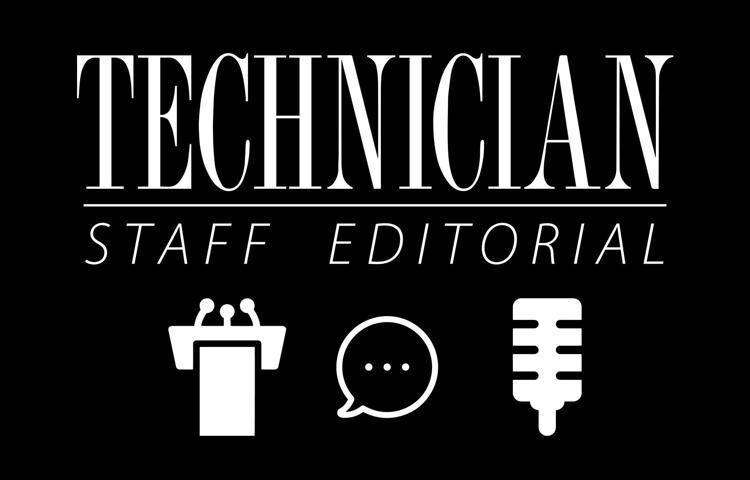In this era of ruined attention spans, rampant demotivation and astronomical stress, the subject of procrastination, its effects and its avoidances, have been examined to infinity and beyond. As a result, the occasional time-management themed app, trick or trinket is often instantly trendy and universally appreciated. However, these temporary solutions get swallowed up rather quickly by whatever counter-agent persists on the horizon.
Consequently, timely fashions elude us. Numerous areas of our lives suffer, be they personal, professional or academic. Regarding how we address the latter example, students could definitely use some innovation. The last-minute all-nighter need not remain the norm.
Rule of thumb: students procrastinate. We have all at times failed to adequately plan ahead or project how much effort certain assignments will require. Collectively, we are constantly working our way towards addressing the countless factors that influence our academic prowess and productivity. I’d like to propose a method for alleviating this issue: the average time it takes for students to complete each assignment in a course should be provided in the course syllabus.
Think back to any instance when a professor projected a timer in front of an examination room, counting down the seconds until pencils were to be dropped. As the clock winds down, students begin to compromise with the answers they’re not quite sure about. This is done creatively, frantically, or both, and can lead to astonishing results. Often, in one way or another, a student manages to completely fall apart.
Not everyone has the aptitude to maintain the stress induced by a looming timer indicating how much time is left. The same goes for any homework assignment, essay or final presentation that heavily impacts a student’s grades.
In an academic environment, teachers tend to rely heavily on this foundation of “the deadline.” Punctuality is an essential trait to develop, after all, and what better way to reinforce that notion than by enforcing deadlines and countdowns onto our assignments?
You’ll notice that these punctuality mechanisms are focused more on how long someone has, and less on how long someone is expected to take, to complete an assignment. This seems like such an important aspect of punctuality to overlook, especially when dealing with age groups in which proper planning is no common strong suit.
Obviously, not all students are alike, and that is more than apparent when discussing test and assignment completion. That’s where averages come into play. Most of us are somewhat, if not fully, aware of our academic prowess, strengths and weaknesses. When provided an average, we don’t typically find it too difficult to gauge where we individually fall within that average. We all exist at different points on numerous spectrums, be they personal, professional or academic ones, yet all spectrums need a starting point. An average is a decent way of sorting that out.
Although the futurist entrepreneur in me has some ideas, I’m not here to debate the intricacies of obtaining this average. A system of this magnitude will require a hefty amount of research and achievement monitoring, among other things. I’m more concerned with highlighting why such a resource would be useful. I consider any and all insights into our academic limitations efficient tools for navigating our courses. A general understanding of how much time must be sacrificed to complete an assignment is certainly one of these insights.
Having said all that, consider the overall benefits of this system. Students who are so inclined will find planning out their schedules much easier. Understanding the length of time students must allow for the completion of a particular assignment will allow them to better determine when to actually get started. This will perhaps even incentivize students to engage in more active and efficient monitoring of their educational progression.
This average would also supply professors with a solid evaluation of which assignments students typically struggle on. Certain instructions or requirements may need updating, and if students are taking longer than expected, conventional deadlines can be adjusted. The same line of thought could be applied to designing tests and exams.
Unfortunately, this average would incorporate outliers from time to time. Some students excel at managing their time and resources, while others are considerably less disciplined. Additionally, circumstances that are out of our control can manifest quite often in our academic lives, rendering an assignment’s average completion time irrelevant.
Therefore, I’m not claiming a mere average will be a cure-all for the issues it addresses, and I’m definitely not claiming that this will be universally beneficial. This is an attempt at describing an alternative scenario in which students like myself can obtain a better grip on their assignments and avoid careless mistakes. Seeing that average next to an assignment deadline would give students another imperative factor to consider, and the hope is that we will adapt our behavior to this information in a more permanent fashion.







